Advertisement
Magical views, peaceful communities, and adorable, dreamy animals fill the scenes in Ghibli-style work. While children love this art, most don’t know how to draw or paint. AI tools will now help you create images from your ideas. ChatGPT guides you in precisely creating the correct prompts step by step. Turn those words into exquisite images by using an image generator.
Choose settings include forests, heavens, or adorable creatures. List colors, emotions, and locations from your prompt. Over time, practice improves your images and increases their magical quality. Anyone with these tools can create incredible Ghibli-style artwork. It’s terrific for creative brains, simple, and enjoyable. Let’s start your trip by creating dream scenes with only ideas and words.
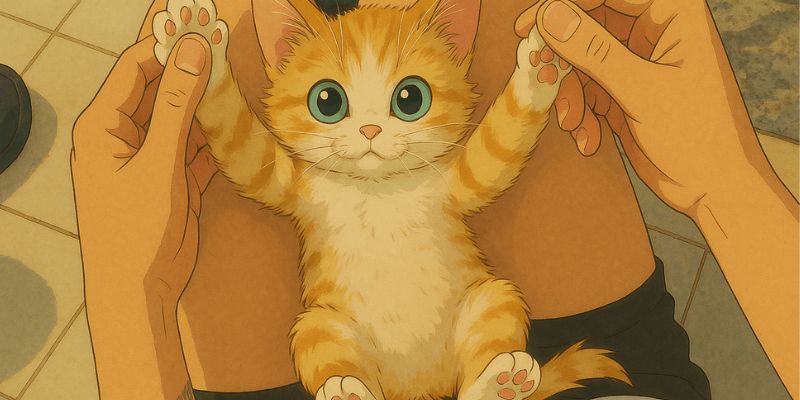
It helps to understand what makes Ghibli’s art special before starting your project. Rich in nature, the Ghibli style is gentle and vibrant. Scenes feature woodlands, little towns, comfortable houses, and clear skies. Usually looking friendly, characters have simple features and large eyes. The colors are peaceful and comforting. Shadows and light are particularly important. Watch well-known movies like My Neighbor Totoro, Spirited Away, and Howl’s Moving Castle. Every scene is vivid and full of possibilities. See the charmed accents, calm backdrops, and fluid lines. It will enable you to visualize descriptions more clearly. A prompt starts with a clear picture in your head.
Knowing the style helps you to start developing your image notion. But how can ChatGPT help with this? ChatGPT creates thorough picture prompts based on your ideas. Let’s say you want a peaceful forest with a small cottage. You can ask ChatGPT:
“Is it possible for you to compose a prompt for an image of a forest with a small cottage in the Ghibli style?”
ChatGPT will reply with something like:
“A cozy wooden cottage in a green forest, soft sunlight through tall trees, Ghibli-style art.”
You can add more details, such as a cat on the roof or a dirt walk dotted with flowers. The picture will be better with the more specifics you provide.
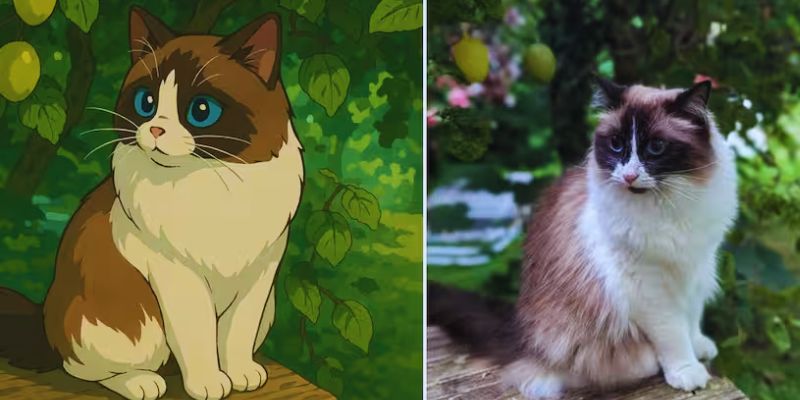
You need a Ghibli-style image generator once you receive your prompt. These tools artistically turn your ideas into visuals.
Some popular options are:
Each tool has its advantages. DALL-E is easy for novices and fits ChatGPT nicely. Though it works through Discord, Midjourney is renowned for excellent results. Stable diffusion offers more control and detail. Choose one that fits your comfort range. One can try several to evaluate outcomes.
It’s time now to start building your picture! Launch the image generator and copy your prompt.
For example:
“Ghibli-style forest, small wooden cottage, soft light, flowers, peaceful mood, warm colors.”
Click “generate” or follow the tool's suggestions. Your picture will appear in a few seconds or minutes.
Save the image if you like it. If not, refine your prompt. Perhaps rename “forest” or “meadow” or add “blue sky with clouds.”
ChatGPT can help you once more produce a better prompt. You can ask:
“Can you make this prompt more detailed and dreamy?”
Test and edit till the outcome makes you happy.
The first image is often close but not perfect. You could wish to fix anything or alter colors. Certain tools allow you to modify the picture using fresh prompts. Others let you upscale for higher caliber. Free apps like Canva or Pixlr will also enable you to change brightness, colors, or size. Change your prompt if you like to include magic, animals, or characters.
For example:
“A young girl in a red dress walking on a path through a Ghibli-style forest.”
It gives your picture story and feeling.
“Create collections of pictures illustrating multiple situations or a story. It enhances the enjoyment and significance of your task.”
Here’s a longer example prompt:
“A Ghibli-style seaside town, morning light, kids running next boats, soft breeze, dreamy colors.”
Do not be worried if your initial attempts do not appear to be satisfactory. That is a component of the learning process. The quality of your prompts will improve as you continue to evaluate and edit them.
When you have images you adore, sharing them with others is important. You can share them on art communities, journals, or social media. Utilize hashtags such as #DreamyScenes, #AIArt, or #GhibliStyle. You may even print them and display them on your wall. Alternatively, they may be transformed into greeting cards or storybooks. Specific individuals employ AI-generated art to produce complete undertakings. Slideshows, videos, or digital zines may be generated. Don’t forget to verify the terms of each image utility. A few have regulations regarding commercial use. As much as feasible, one should give credit.
It is simple, fun, and perfect for those who value dreamlike imagery to create Ghibli-style images using artificial intelligence. Use ChatGPT to create aesthetically pleasing prompts based on your ideas and see them via image generators. There are only a few simple steps and creativity needed; drawing is not necessary. Explore several moods, colors, and settings to construct your environment. Sharing your works helps you inspire others and improve your creative capacity. These tools help you realize your ideas in the Ghibli style, whether for performance or narrative. Today, start your imagination and let it grow.
Advertisement
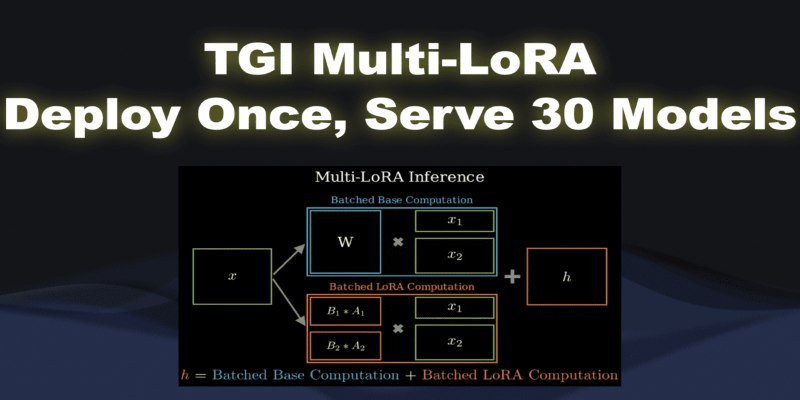
What if you could deploy dozens of LoRA models with just one endpoint? See how TGI Multi-LoRA lets you load up to 30 LoRA adapters with a single base model
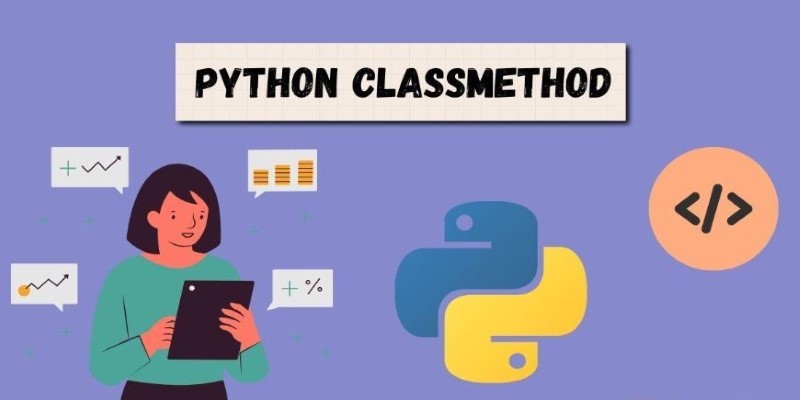
How Python’s classmethod() works, when to use it, and how it compares with instance and static methods. This guide covers practical examples, inheritance behavior, and real-world use cases to help you write cleaner, more flexible code
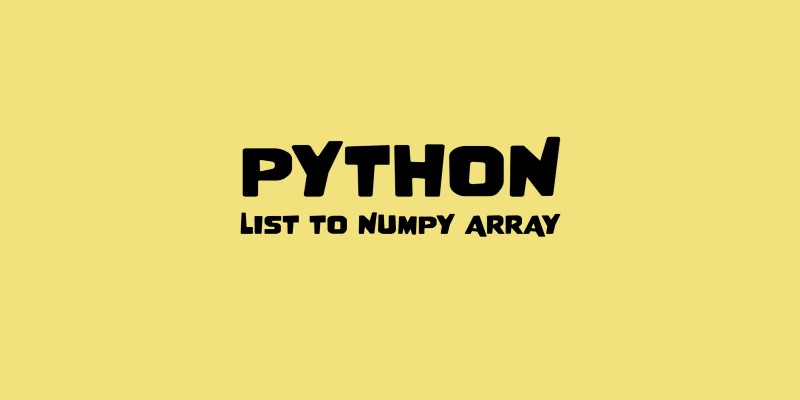
Need to convert a Python list to a NumPy array? This guide breaks down six reliable methods, including np.array(), np.fromiter(), and reshape for structured data
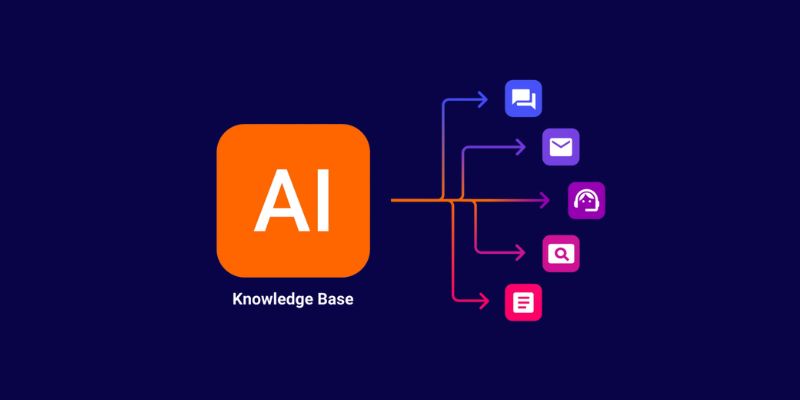
Transform any website into an AI-powered knowledge base for instant answers, better UX, automation, and 24/7 smart support
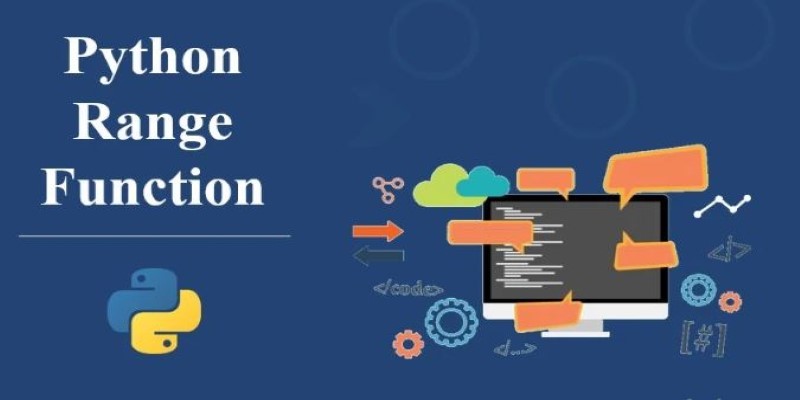
Understand how the Python range() function works, how to use its start, stop, and step values, and why the range object is efficient in loops and iterations
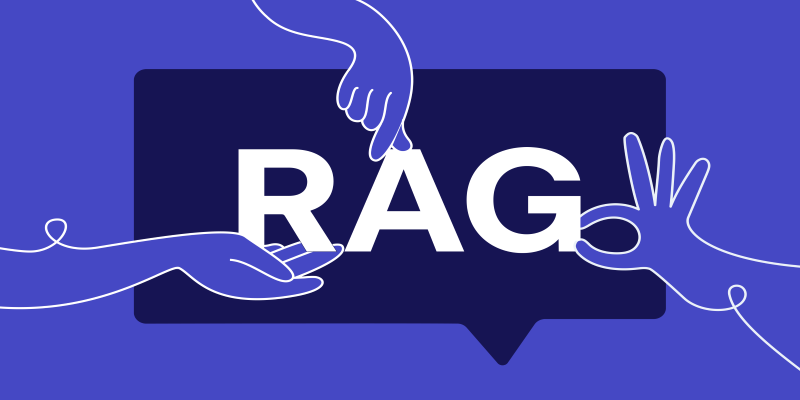
RAG combines search and language generation in a single framework. Learn how it works, why it matters, and where it’s being used in real-world applications
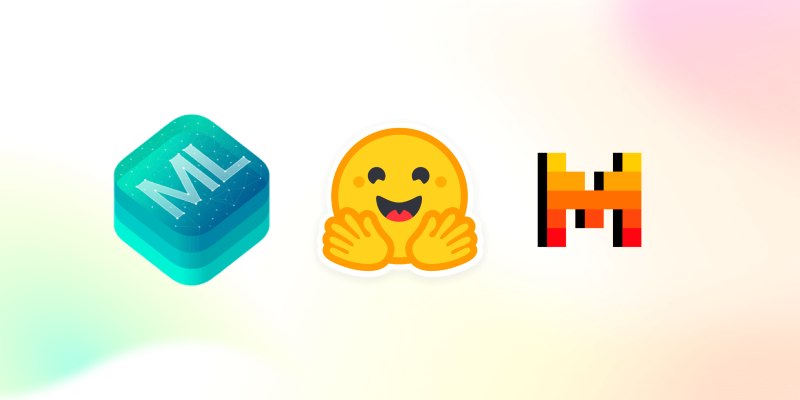
Can you really run a 7B parameter language model on your Mac? Learn how Apple made Mistral 7B work with Core ML, why it matters for privacy and performance, and how you can try it yourself in just a few steps
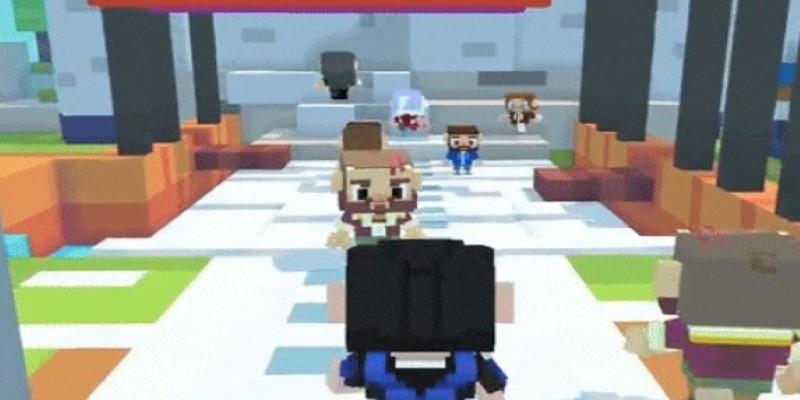
NPC-Playground is a 3D experience that lets you engage with LLM-powered NPCs in real-time conversations. See how interactive AI characters are changing virtual worlds
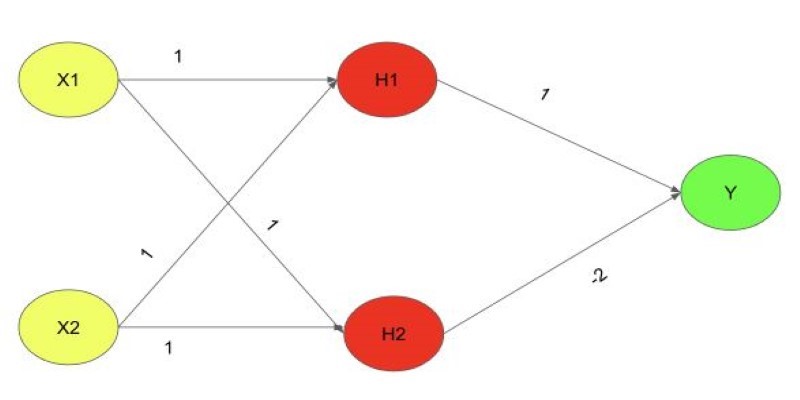
Explore the XOR Problem with Neural Networks in this clear beginner’s guide. Learn why simple models fail and how a multi-layer perceptron solves it effectively
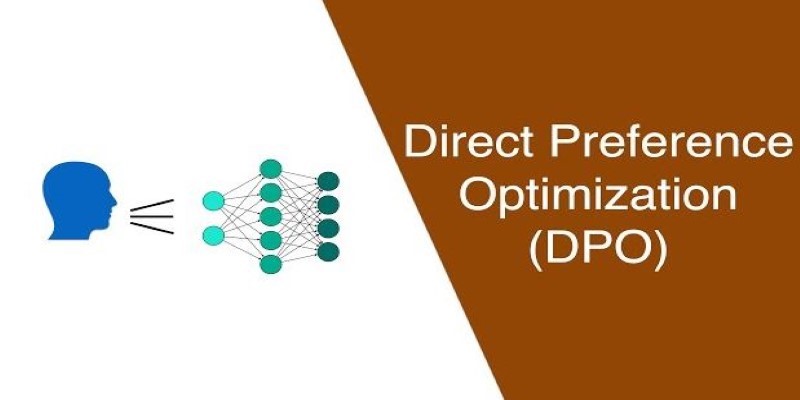
How Direct Preference Optimization improves AI training by using human feedback directly, removing the need for complex reward models and making machine learning more responsive to real-world preferences
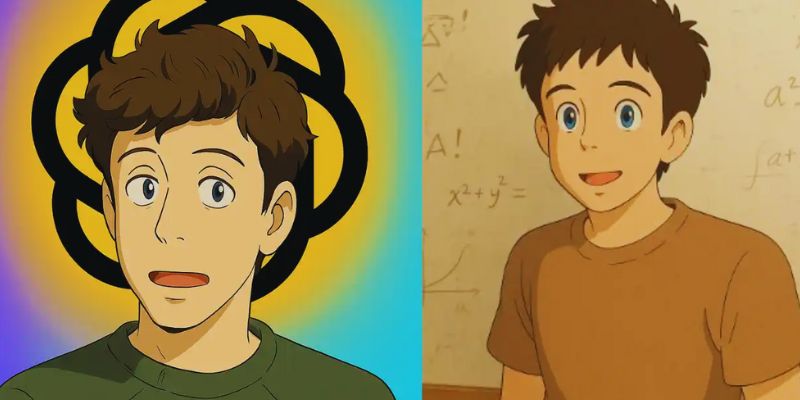
Discover how to generate enchanting Ghibli-style images using ChatGPT and AI tools, regardless of your artistic abilities
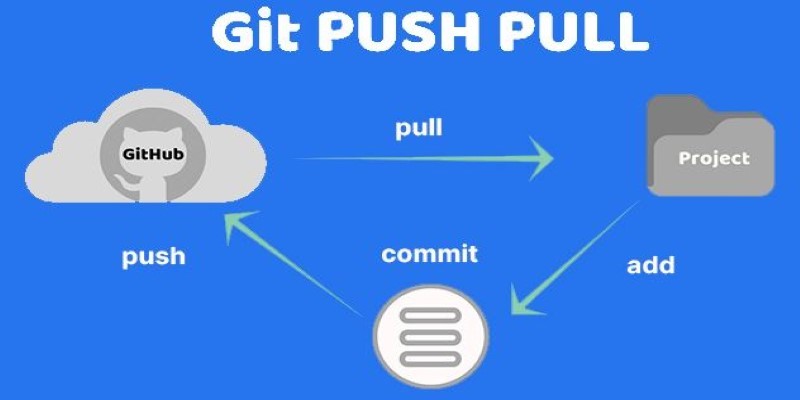
Still unsure about Git push and pull? Learn how these two commands help you sync code with others and avoid common mistakes in collaborative projects